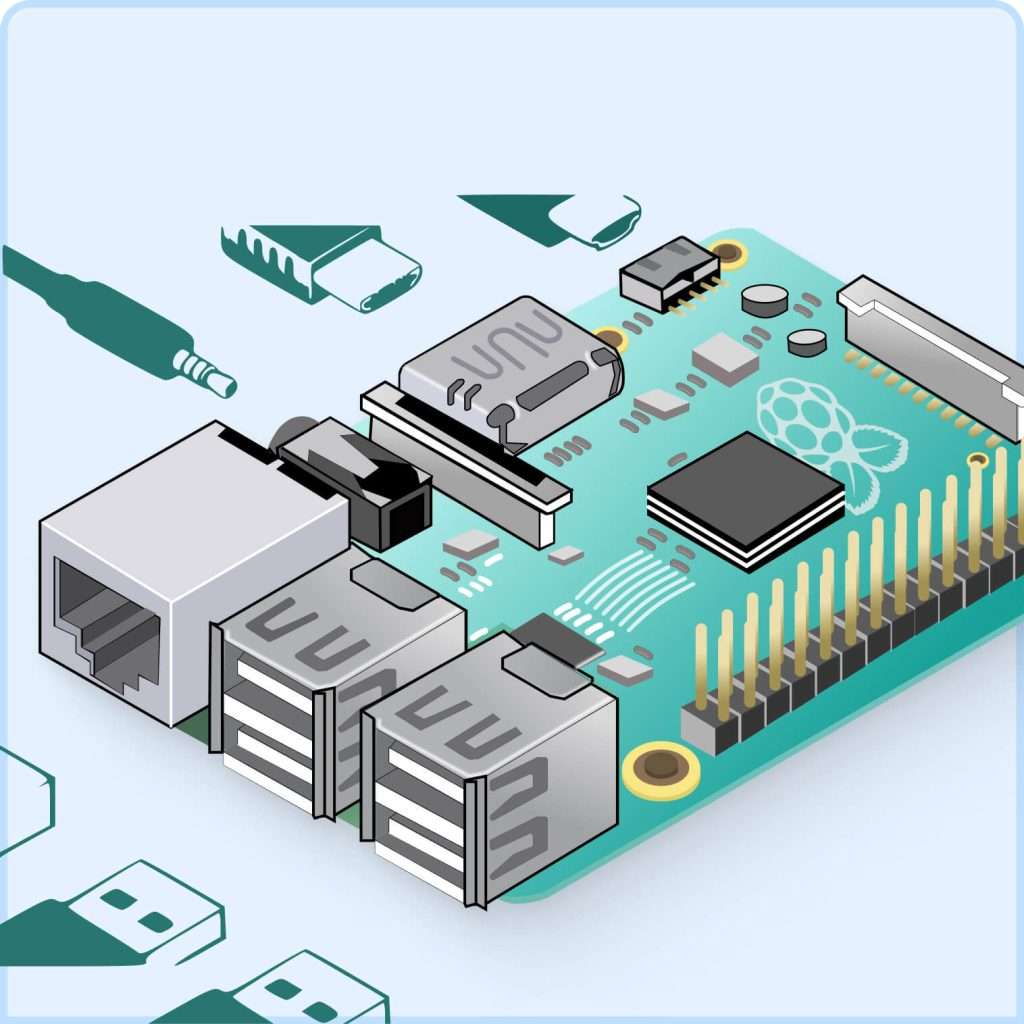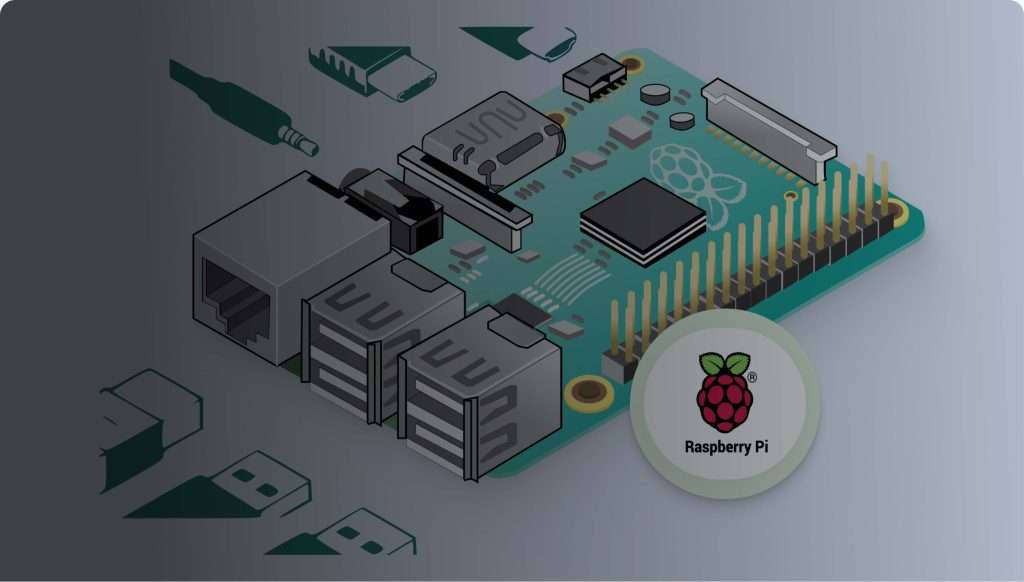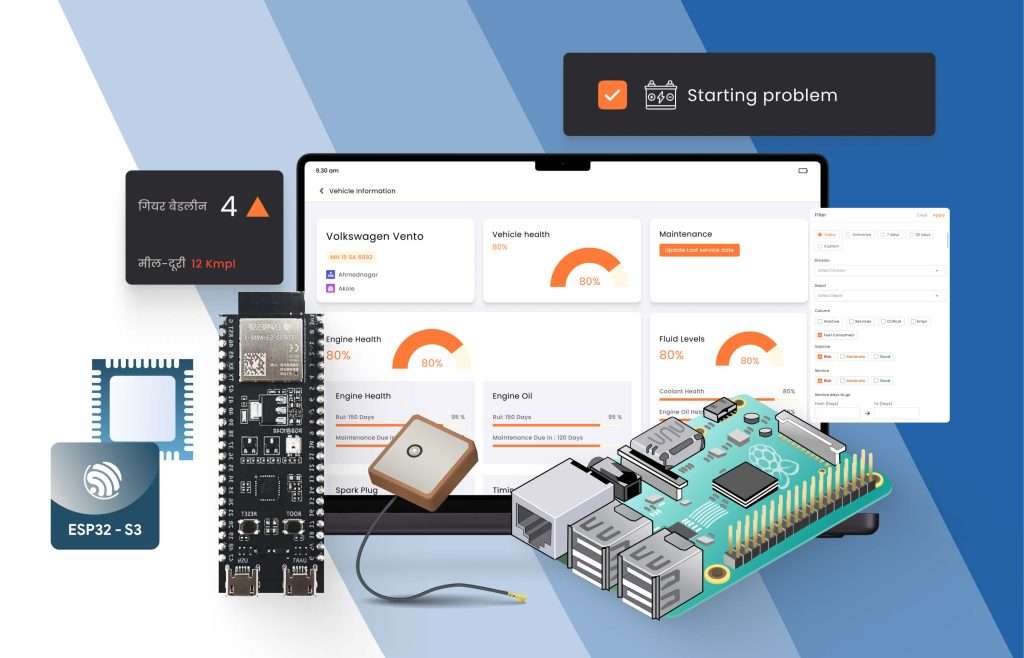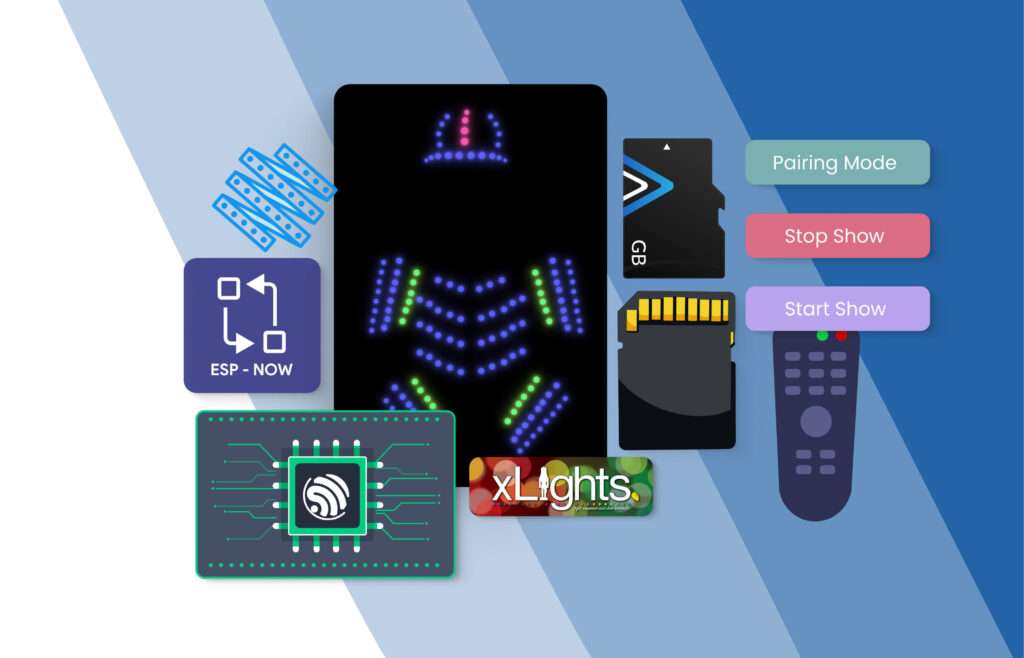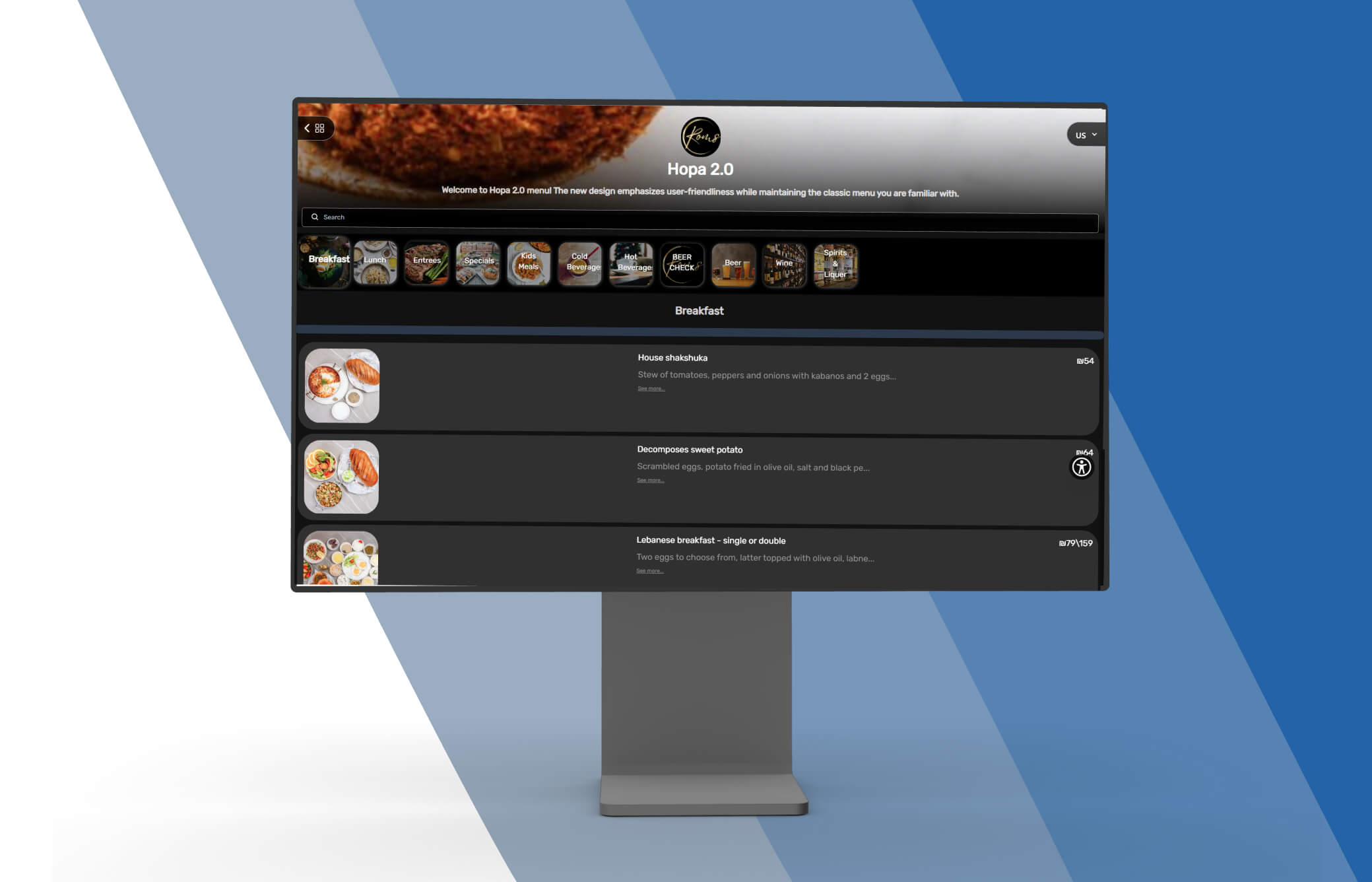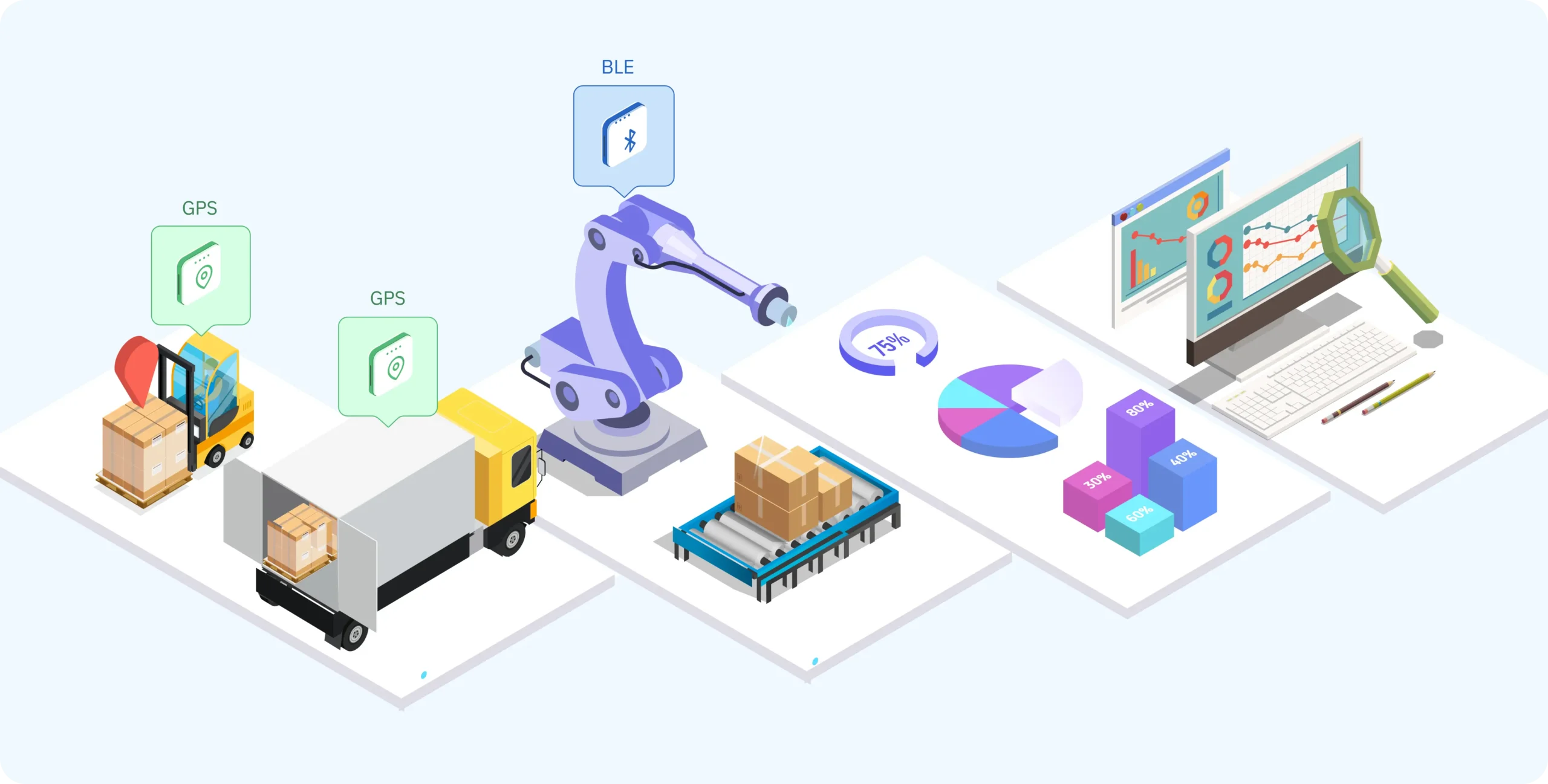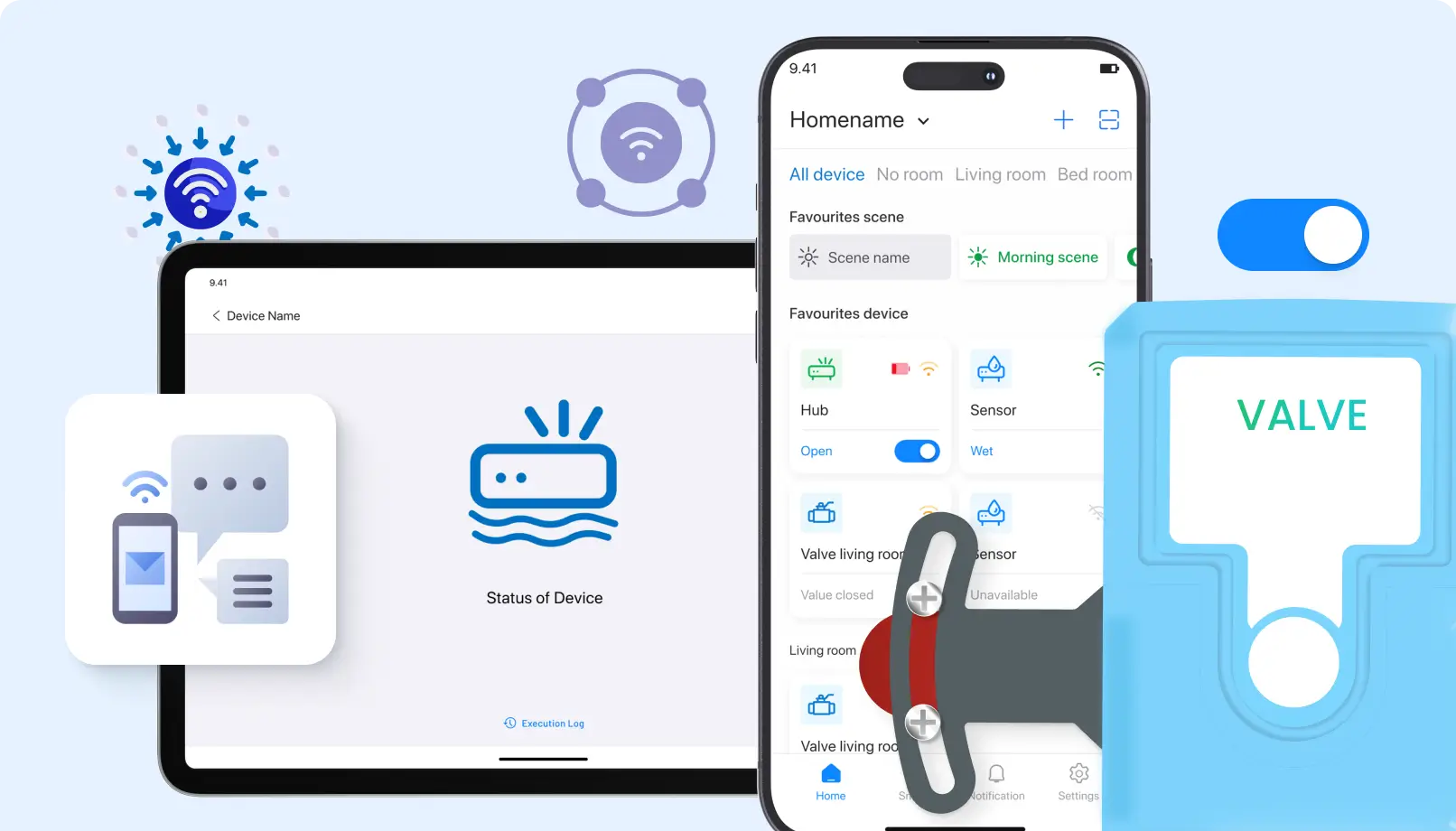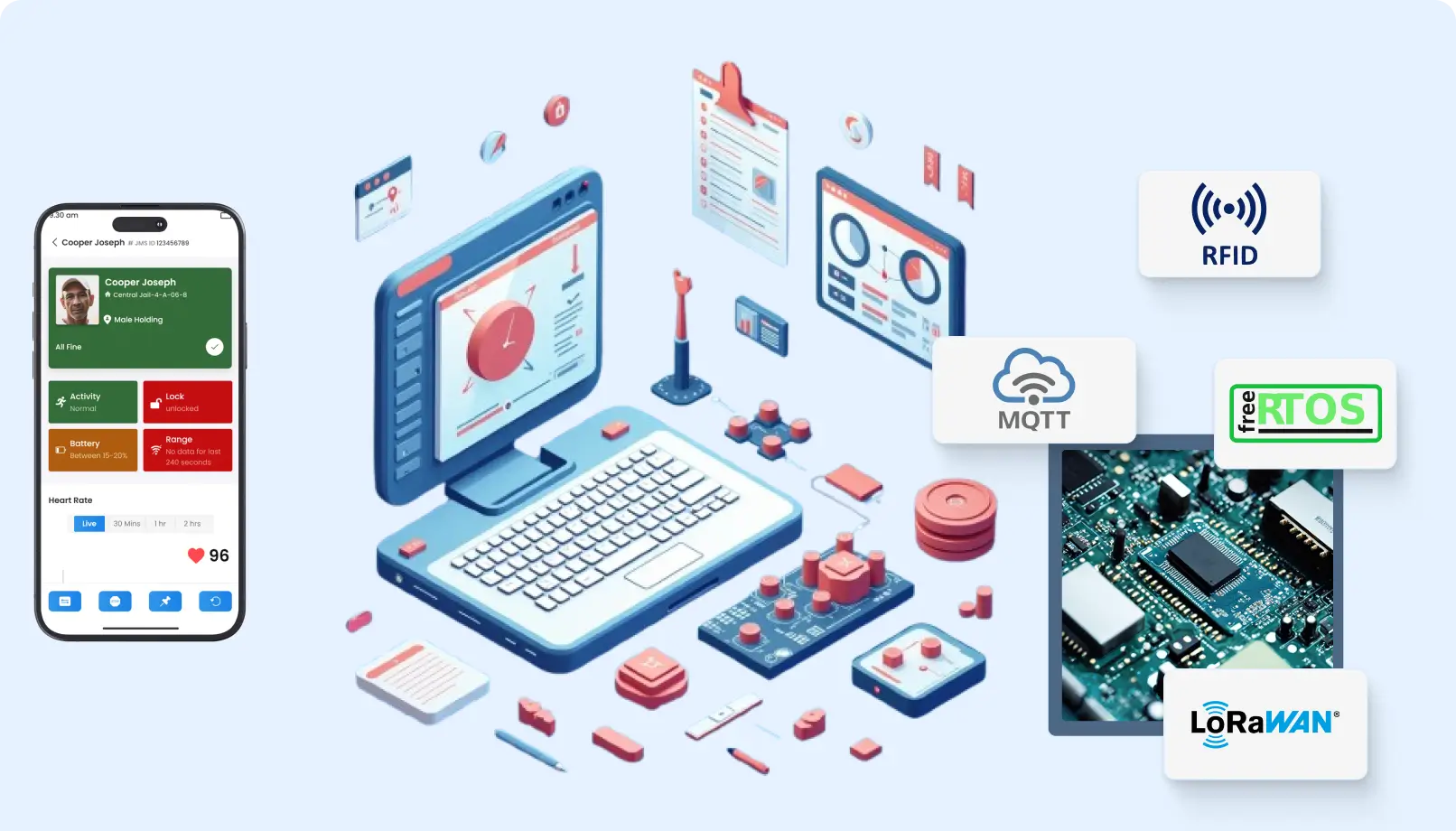Introduction to Raspberry Pi and Rock Pi
Raspberry Pi
Available from 2012, the Raspberry Pi is a credit-card-sized computer with immense popularity owing to its price, ease of use, and adaptability. The design behind this tiny marvel was to encourage the teaching of computer science. It has morphed into an even greater strength as a tool for developing IoT projects, with several models such as the Raspberry Pi 4 and the Raspberry Pi Zero providing the best options for any given need.
Rock Pi
Another interesting alternative comes from Radxa in the form of the Rock Pi. This platform is more appropriate for various IoT applications with somewhat more rigid demands on the performance and additional device support to be able to provide the functionality required. For example, some of the variants such as the Rock Pi 4 and the Rock Pi S can be used for home automation or other type of edge computing deployments.
Key Characteristics of Raspberry Pi and Rock Pi
1. Performance and Specifications
Raspberry Pi and Rock Pi deliver amazing performance, enabling the user to perform various sophisticated applications and run multiple tasks comfortably.
Raspberry Pi 4
Quad-core ARM Cortex-A72 processor that features all variants with 2GB, 4GB, or 8GB RAM memory options. It supports dual 4K displays and provides USB 3.0 facilities for faster data transfer.
Rock Pi 4
It is paired with a more powerful hexa-core ARM Cortex-A72 CPU and 4GB of RAM. The device also features HDMI 2.0 for 4K video output and PCIe, therefore creating countless options in connectivity.
2. Connectivity Options
Both of these boards are accompanied by various connectivity options, making them a great choice for IoT-related applications.
Raspberry Pi: It also provides native Wi-Fi and Bluetooth functionalities aside from the USB ports, HDMI outputs, as well as GPIO pins for attaching sensors and actuators.
Rock Pi: They share similar functionalities, but provide 802.11ac Wi-Fi, Bluetooth 5.0, and multifunctional GPIO pins for IoT devices’ connectivity.
3. Power Efficiency
Both the boards are power-conscious designs operating effectively on minimal power consumption, making them really apt for battery-powered IoT applications.
4. Community Support and Ecosystem
It has an extremely large global community, with treasures of tutorials, forums, and comprehensive documentation. Similarly, the new Rock Pi now has a slowly growing community; it’s compatible with many of existing Raspberry Pi accessories, thus making it very easy to find support and resources.
Raspberry Pi vs. Rock Pi - IoT Projects
While there are specific features that Raspberry Pi and Rock Pi have, the decision would often depend on what you really need for your specific IoT project.
1. Performance Needs
For demanding projects that really require vast amounts of processing power or advanced multimedia, Rock Pi might just prove to be the ideal choice because of the superior hardware features. For any standard IoT applications, however, the Raspberry Pi offers enough performance at a much lower cost.
2. Software Compatibility
Both of the above platforms support a large variety of operating systems, such as Raspberry Pi OS, Ubuntu, and many others. However, the further development based on an extensive software library and adaptation to various IoT platforms have made Raspberry Pi popular in the developers’ community.
3. Availability and Cost
For highly complicated workloads demanding high performance, several peripherals, and advanced features, it is best to go for Rock Pi. However, for less complex applications, Raspberry Pi might offer an easier and less expensive alternative.
4. Project Complexity
For highly complicated workloads demanding high performance, several peripherals, and advanced features, it is best to go for Rock Pi. However, for less complex applications, Raspberry Pi might offer an easier and less expensive alternative.
Real-Life Use of Raspberry Pi and Rock Pi in IoT
1. Smart Home Automation
The two primary application areas for both Raspberry Pi and Rock Pi are smart home automation. These boards could be used to build systems for automated smart homes that would be in control of lights, thermostats, and even cameras. Some popular platforms that can be utilized to create custom home automation solutions by integrating various devices and protocols for smooth operation include Home Assistant.
A Raspberry Pi can act as the central hub for a smart home system that controls smart lights and thermostats via a web interface or mobile app. Using the device, users can automate routines, such as turning off lights when they leave home or adjusting the thermostat based on occupancy.
2. Environmental Monitoring
Both platforms will be equipped with sensors, monitoring for local conditions like temperature, humidity, and atmospheric quality. This information could be gathered and incorporated into actions for insights into local environmental factors.
Example Use Case:
A Rock Pi can be installed in an agricultural farm to scan soil moisture levels and weather patterns. With this information, farmers can be advised on the appropriate times for irrigation and crop management procedures to increase yield.
3. IoT Gateways
The Raspberry Pi or Rock Pi, for that matter, can serve as a gateway in IoT networks. Its ability to collect data from various sensors and forward information to the cloud for further examination can aid in building ‘smart cities,’ optimizing resource utilization, and enhancing public service delivery.
Example usage:
A Raspberry Pi can be used as an IoT gateway for smart city-related projects by gathering sensor data from streetlights, traffic cameras, and waste management systems. Aggregated data can be analyzed to optimize city services and enhance urban living.
4. Robotics and Automation
Both a Raspberry Pi and Rock Pi can power robotics to bring the processing power and connectivity to the task of remote control and automation.
It can control a small robot that is installed with cameras and sensors, monitor, or interact with its environment in real time. That will come in handy in surveillance, exploration, delivery services, among others.
Conclusion
Among the impressive platforms unlocking the Internet of Things, Raspberry Pi and Rock Pi are considered among the most powerful. The cost-effectiveness and flexibility of these single-board computers, with high performance, enable developers and businesses to market their innovative IoT solutions across the borders in any industry. Be it a smart home system, environmental monitoring project, or the complex application of robotics, Raspberry Pi and Rock Pi can provide the tools to help you get it done.
By tapping into these technologies, you become part of the emerging IoT ecosystem, capable of contributing to improving efficiency, sustainability, and connectivity in a growing increasingly digital world.
